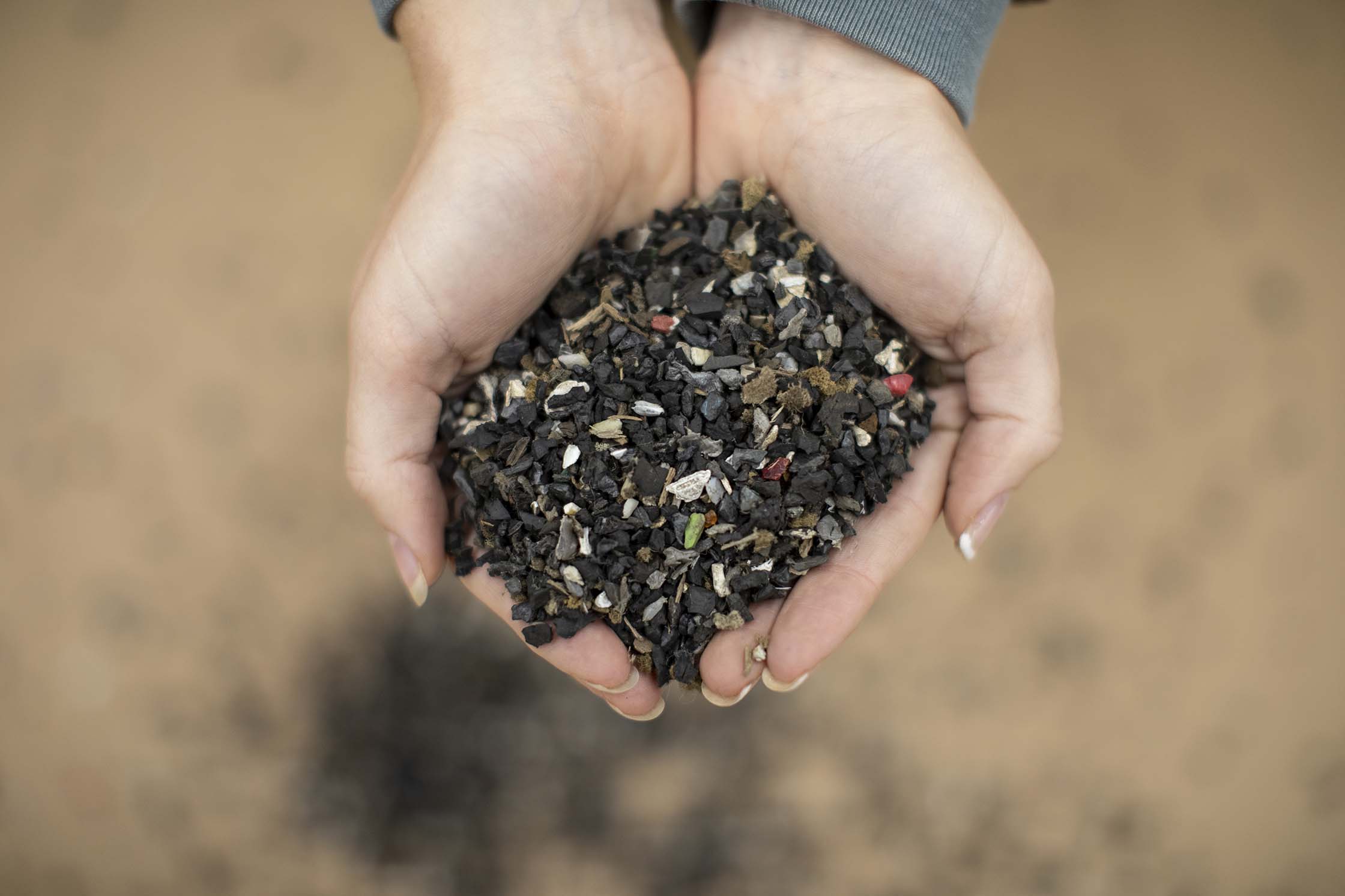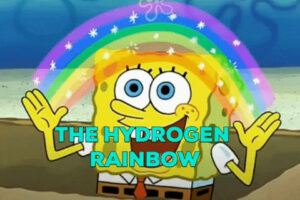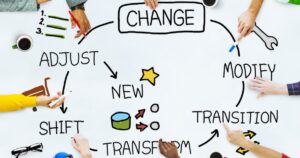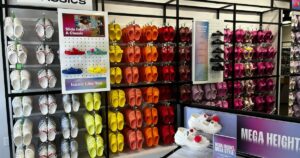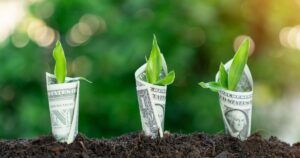This article is sponsored by Eastman.
When one automobile reaches the end of its useful life, that means more than 4,000 pounds of materials, on average, are out of a job. Estimates vary, but about 80 percent of those materials are metals, tires and glass that can be recycled through traditional mechanical recycling streams and put to work in new ways. That’s good news. But what about the other 20 percent?
It’s called “automotive shedder residue,” or ASR, and it consists of mixed plastic, fiber and other non-recycled materials that mechanical recycling technologies simply can’t process. In the United States alone, about 5 million tons of ASR are landfilled every year. With 27 million cars reaching end-of-life each year around the world, Deloitte has estimated that the global statistic exceeds more than 10 billion pounds of ASR being landfilled or incinerated. That’s enough waste to fill 5.5 million full-size pickup trucks. If we sit idly by as it adds up, there will be enough ASR waste by 2026 to cause a bumper-to-bumper traffic jam around Earth’s equator — every year.

![]()
![]()
![]()
![]()
![]()
![]()
![]()
![]()
![]()
![]()
![]()
![]()
Eastman, the United States Automotive Materials Partnership (USAMP), automotive recycler Padnos and global automotive interior supplier Yanfeng teamed up to test drive a truly circular solution for ASR waste — the first closed-loop auto circularity pilot program with molecular recycling. The team just wrapped up its year-long concept feasibility study, and I am so excited to share the outcome with you.
But first: Why is Eastman in the automotive space?
At Eastman, we make materials that enhance the quality of life. We work closely with our partners to address what we call the triple challenge: mitigating climate change; mainstreaming circularity to address the global waste crisis; and caring for a fast-growing global population.
Our company has been a proven supplier to the automotive industry for decades. We saw the opportunity to benefit the industry and support its sustainability commitments in a greater way through molecular recycling, particularly our carbon renewal technology (CRT). CRT breaks down mixed and complex plastics — ones that traditional mechanical recycling can’t process — to their molecular building blocks, which we use to replace fossil-based feedstock in the creation of new polymers.

![]()
![]()
![]()
![]()
![]()
![]()
![]()
![]()
![]()
![]()
![]()
![]()
Molecular recycling is a match for the automotive industry for the same reasons it’s a great solution for eyewear, personal care, carpets and other industries:
- Manufacturing new polymers with molecular recycled content reduces greenhouse gas (GHG) emissions compared to business as usual. CRT specifically can reduce GHGs by 20 to 50 percent when compared to traditional fossil-based processes, depending on the feedstock mix.
- It rescues plastic waste otherwise destined for the landfill.
- Molecular recycled content comes with no sacrifices in performance, even in automotive applications.
Because molecular recycling directly addresses both the climate and waste crises, it will only become more important as automakers continue to increase the amount of plastics in cars.
Rolling out auto-to-auto recycling would also help deliver on the Eastman pledge to recycle 500 million pounds by 2030. But technology alone can’t make the difference. We need dedicated partners across the value chain.
Testing ASR circularity solutions, together
Our successful test of ASR recycling is the first of its kind in North America. ASR has not been used as a feedstock for new polymers, much less new automotive polymers, so there isn’t a robust infrastructure for recycling it.
We announced our collaboration in July 2021 with USAMP (which includes member companies Ford, General Motors and Stellantis) and PadnosADNOS, a scrap management company. PADNOSPadnos, like Eastman, is committed to creating value from waste, and its expertise in handling and sorting scrap plastics was a good fit for this study.
Here’s everything we accomplished together over the last 15 months:
- Take a hard-to-recycle mixed plastic ASR waste stream
- Feed it into our CRT process
- Evaluate how well CRT breaks down the plastic-rich portion of ASR
- Use that recycled content to produce new plastic resin
- Use that resin to make injection molded auto parts
- Successfully test those parts to automotive standards
We’ve been busy.
Chris Scarazzo, Eastman’s automotive global segment market manager, sums it up: “This is a true closed-loop initiative in which automotive plastic waste becomes the feedstock for future automotive components, and proof that work across the value chain by multiple players, each determined to deliver sustainable solutions, can be accomplished.”
Our next milestones
So, we’ve shown it can be done, and that product performance doesn’t suffer due to the recycled content. Now, it’s up to all of us to accelerate adoption of closed-loop recycling for automotive plastic. Our vision is to scale up this loop and keep driving higher recycled content percentages in the resins we design for automotive applications.
On average, modern cars are 50 percent plastic by volume. As manufacturers strive to reduce overall vehicle weight and increase fuel efficiency by 2030, every vehicle could contain an additional 55 pounds of plastic on average. Automakers already recognize the importance of the USAMP project, and circularity will only become more important in the years ahead.
Traffic jams in daily life are bad enough. We must stop ASR from piling up in landfills at a volume that could circle Earth’s equator by 2026. To do this, we’ve shown that a closed loop is possible. Creating value from waste at the scale auto makers need to meet their goals — at the scale our world needs to address climate change and waste — means we need more brand owners, molders, sustainability leaders and nonprofits to learn about the opportunities.
Take a look at our auto circularity video, then contact Eastman’s Circular Economy Team to keep learning.
- SEO Powered Content & PR Distribution. Get Amplified Today.
- Platoblockchain. Web3 Metaverse Intelligence. Knowledge Amplified. Access Here.
- Minting the Future w Adryenn Ashley. Access Here.
- Source: https://www.greenbiz.com/article/introducing-closed-loop-circularity-hard-recycle-automotive-plastics
- :has
- :is
- $UP
- 000
- 10
- 2021
- a
- About
- accelerate
- accomplished
- across
- Additional
- address
- addresses
- Adds
- Adoption
- ahead
- All
- alone
- already
- america
- amount
- and
- announced
- applications
- ARE
- around
- article
- AS
- At
- auto
- automakers
- automobile
- automotive
- automotive industry
- average
- Bad
- BE
- become
- becomes
- been
- being
- benefit
- Billion
- Blocks
- brand
- breaks
- Building
- business
- by
- call
- called
- CAN
- car
- carbon
- care
- cars
- Cause
- Center
- CGI
- chain
- challenge
- change
- Circle
- circular economy
- click
- Climate
- Climate change
- Close
- closed
- closely
- collaboration
- committed
- Companies
- company
- compared
- complex
- components
- concept
- content
- continue
- could
- Creating
- creation
- crisis
- daily
- data
- decades
- dedicated
- deliver
- deloitte
- Depending
- Design
- determined
- difference
- directly
- Doesn’t
- down
- drive
- driving
- each
- economy
- efficiency
- Emissions
- enough
- EPA
- estimated
- estimates
- Ether (ETH)
- Even
- Every
- everything
- exceeds
- excited
- expertise
- eyewear
- fill
- First
- fit
- For
- Ford
- from
- Frost
- Fuel
- fuel efficiency
- future
- GAS
- General
- General Motors
- GHG
- glass
- Global
- Goals
- good
- great
- greater
- greenhouse gas
- Handling
- Hands
- help
- higher
- holding
- How
- HTML
- HTTPS
- i
- importance
- important
- in
- includes
- Increase
- industries
- industry
- Infrastructure
- Initiative
- interior
- introducing
- IT
- ITS
- Job
- jpg
- July
- Keep
- Kind
- Last
- leaders
- LEARN
- learning
- Life
- like
- Look
- make
- Makers
- management
- manager
- Manufacturers
- Market
- Match
- materials
- means
- mechanical
- Meet
- member
- Metals
- million
- mitigating
- mixed
- Modern
- molecular
- months
- more
- Motors
- move
- multiple
- Need
- needs
- New
- news
- next
- nonprofits
- North
- north america
- of
- Old
- on
- ONE
- opportunities
- Opportunity
- Other
- otherwise
- our
- Outcome
- over
- overall
- owners
- particularly
- partners
- parts
- percent
- performance
- personal
- Pickup
- pilot
- plastic
- plastics
- plato
- Plato Data Intelligence
- PlatoData
- players
- Polymers
- population
- possible
- pounds
- presentation
- process
- processes
- produce
- Product
- Program
- project
- proof
- proven
- put
- quality
- Reaches
- reaching
- reasons
- recognize
- recycling
- reduce
- reduces
- replace
- Resin
- robust
- same
- Scale
- segment
- Share
- shown
- simply
- So
- solution
- Solutions
- Space
- specifically
- Sponsored
- States
- Stop
- streams
- strive
- Study
- successful
- support
- Sustainability
- sustainable
- team
- teamed
- Technologies
- Technology
- test
- that
- The
- the world
- their
- Through
- tires
- to
- together
- tons
- traditional
- traffic
- Triple
- Trucks
- true
- United
- United States
- us
- use
- used
- value
- vehicle
- vision
- volume
- Waste
- Way..
- ways
- weight
- WELL
- What
- which
- will
- with
- Work
- world
- would
- Wrapped
- year
- years
- youtube
- zephyrnet

